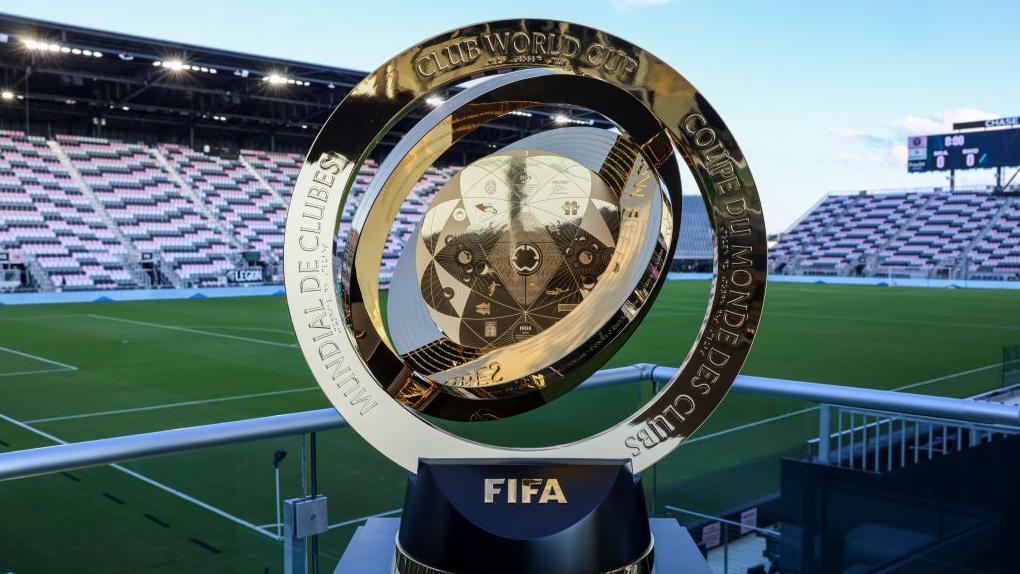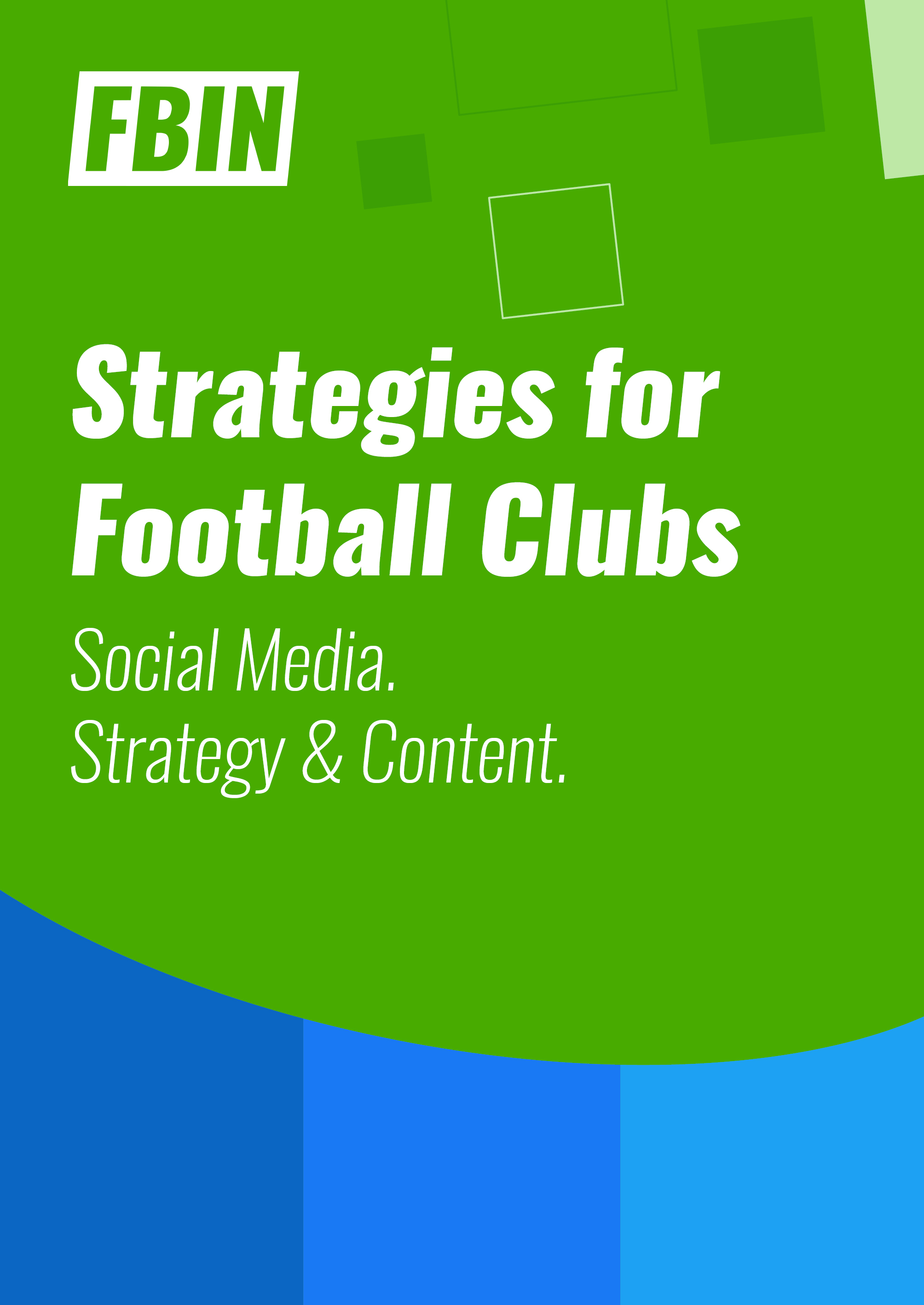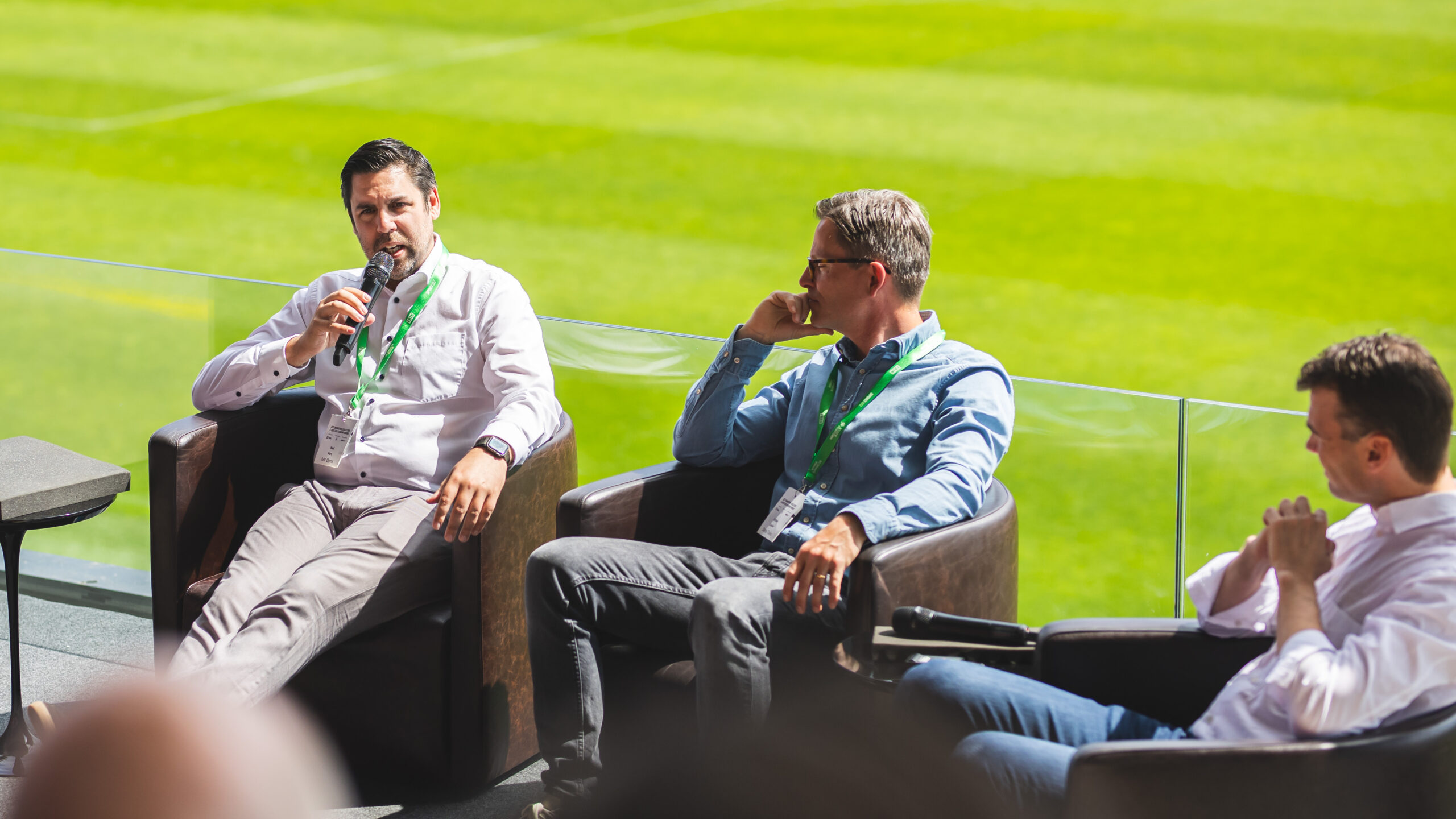FIFA’s 2025 Club World Cup marks a major shift in the global football calendar. Expanding from a modest 7-team knockout to a 32-club, month-long tournament hosted across the United States.
For clubs, leagues, and executives, this is more than just a new format. It’s a structural change with deep financial, operational, and strategic consequences.
From prize pools rivaling Champions League payouts to off-season scheduling dilemmas and global branding opportunities, the new Club World Cup challenges clubs to rethink how they prepare, compete, and capitalise on their place in world football.
From Seven Teams to Thirty-Two
Under the discontinued format, six continental champions and the host nation’s league winner gathered each December for a brisk, 10-day knockout. Attendance was respectable, finals in Japan routinely attracted 60,000-plus spectators, but television windows were awkward, prize money was capped at about 5 million USD and most European giants treated the trip as a marketing exercise.
The 2025 reboot mirrors the men’s World Cup. Thirty-two clubs, qualified through a four-year cycle, are divided into eight round-robin groups. The top two progress to a last-16 knockout that culminates at New York–New Jersey’s MetLife Stadium on 13 July.
UEFA and CONMEBOL receive the most slots (twelve and six respectively), but every confederation is represented, including a guaranteed place for Oceania and an additional berth for the host league. The shift stretches the event to 29 days (longer than Euro 2024) and multiplies the match inventory by almost ten.

Why FIFA Pulled the Trigger
FIFA president Gianni Infantino has billed the expanded CWC as “the pinnacle of elite men’s club football,” but three overlapping motives stand out.
Commercial scale
A billion-dollar prize pool, and up to 125 million USD for the champions, dwarfs previous payouts and rivals the Champions League distribution for a single campaign. With 63 sellable fixtures, FIFA can package summer prime-time inventory to broadcasters hungry for live sport in an otherwise quiet window. The United States, the world’s second-largest sports market and co-host of the 2026 World Cup, offers both infrastructure and a gateway to North American sponsors.
Sporting inclusivity
By allocating slots across six confederations and rewarding four seasons of performance, FIFA positions the event as the most meritocratic “world championship” to date. Infantino’s argument (that global pathways help narrow the financial chasm between Europe and emerging markets) resonates with development rhetoric and shields the project from accusations of Euro-centrism.
Political leverage
The CWC reboot is part of a broader calendar redesign that also expanded the World Cup to 48 teams and scrapped the Confederations Cup. Awarding the inaugural edition to the USA satisfies CONCACAF stakeholders while reducing Chinese influence after the postponed 2021 plan. It also allows FIFA to rehearse logistics two summers before 2026, bolstering its relationship with U.S. networks and municipalities.
Opportunities for Clubs and Leagues
For boardrooms, the upside is tangible. Participation fees alone are expected to reach eight figures, enough to cover an entire wage bill for mid-tier clubs from Africa, Asia or North America.
Manchester City COO Roel de Vries framed it succinctly: “To be part of this tournament is just a great honour.” Prestige aside, City’s finance department will welcome a revenue spike equivalent to several extra home matches.
Clubs targeting international brand growth view the U.S. platform as priceless. Paris Saint-Germain president Nasser Al-Khelaifi called the draw “historic” and noted that “every team, every player, every manager” wants in.
Executives at Atlético Madrid, Juventus and Benfica echoed the sentiment: the CWC offers a pre-season showcase without the promotional compromises of one-off friendlies.
Domestic leagues – especially MLS and Liga MX – see marketing tailwinds. Inter Miami president Jorge Mas believes the opener against Al Ahly will “show what football in this country is capable of” and validate MLS quality ahead of 2026.
The Seattle Sounders GM Craig Waibel, drawn against PSG and Atlético, embraced the role of local ambassador: “Our job is to represent our city and our fans.”
Calendar Congestion and Competitive Integrity
The enthusiasm is not universal. Spain’s LaLiga president Javier Tebas has lambasted FIFA for “complete disregard” of national competitions, and Europe’s clubs’ association warns of erosion in domestic media rights if summer rest periods vanish.
Players’ union FIFPro has published data showing elite players now average more than 60 competitive matches per season. England captain Harry Kane voiced fatigue: “We don’t really have a break anymore.”
Medical departments will have to juggle three group games and potential knockouts barely a month after domestic seasons finish. Although FIFA argues that June–July placement avoids clashes with continental tournaments, coaching staff must weigh the risk of shortening or scrapping traditional pre-season conditioning programmes.
Moreover, the Champions League qualifiers begin in mid-July, raising the spectre of teams returning from the CWC and parachuting straight into competitive fixtures.
There is also the question of sporting dilution. Some observers fear large clubs might rotate line-ups once qualification bonuses are banked. FIFA counters that the enormous champion’s purse and global spotlight will impose competitive discipline; Bayern legend Giovane Elber expects “the team will give it their all and try to reach the final.”
History offers mixed evidence: when Liverpool sent fringe players to the Qatar edition in 2019, TV audiences dipped.
The Salzburg Surprise
No storyline illustrates both promise and controversy better than FC Red Bull Salzburg’s qualification. Without a Champions League quarter-final appearance between 2021 and 2024, Salzburg climbed UEFA’s four-year ranking to 18th, slipping past heavyweight brands restricted by the “maximum two clubs per country” rule. When Arsenal fell in the 2024 semi-finals, the Austrian champions inherited the final European berth.
Salzburg GM Stephan Reiter called the invitation “a huge challenge and a great honour for Austrian football.” Rival executives were more circumspect, but the episode demonstrates that every coefficient point now carries asymmetric value.
Executives from mid-sized leagues (Belgium, the Netherlands, Turkey) have suddenly found board presentations bolstered by the prospect of a 15-million USD appearance dividend should they thread the coefficient needle.

Star Veterans Chase Club World Cup Spotlight
The new 1–10 June “Club World Cup transfer window” has triggered a rush of last-minute moves from marquee names eager to sample the tournament’s record prize pot.
Arsenal midfielder Jorginho obtained an early release to sign a three-year deal with Flamengo, ensuring he can anchor their midfield from match-day one. In Miami, Luis Suárez cited the competition when he agreed to extend his stay, keen to join Lionel Messi on home soil.
Rumours swirl around an out-of-contract Cristiano Ronaldo, who is reportedly weighing a short-term offer from Mexico’s Monterrey, encouraged by former teammate Sergio Ramos, himself already at the club with one eye on global silverware.
For ageing icons the event offers one last lucrative spotlight; for ambitious clubs it provides instant pedigree; and for agents it has become the most fertile short-term market the game has seen.
Operational Blueprint: How the U.S. Is Preparing
FIFA confirmed the 12-venue map in mid-2024, spreading fixtures from Seattle and San Francisco in the west to Atlanta, Miami and the New York metropolitan area in the east. The majority of group games sit in Eastern Time to overlap with prime-time European audiences. Local organising committees, working with U.S. Soccer, have secured more than 90 elite training sites and charter-flight corridors to mitigate cross-country travel.
Media rights remain open but Fox Sports is viewed as front-runner in the U.S., with European broadcasters expected to bundle CWC inventory alongside Euro 2028 qualifiers. FIFA’s digital arm is building a direct-to-consumer streaming product that will simulcast every match, generating data capture opportunities clubs rarely obtain from continental tournaments.
Ticketing launched in late 2024 with tiered pricing aimed at families and travelling ultras alike. Early demand out-paced the 2016 Copa América Centenario, suggesting aggregate attendance could top 1.5 million seats if stadiums achieve even 65 percent capacity. Hospitality packages priced between 750 USD and 3,500 USD per match are already sold-out in New York and Los Angeles.
Reading the Numbers
Comparing old and new prize money is stark. The previous champion’s purse (5 million USD) represented roughly three days of Real Madrid wage expenditure.
By contrast, early-round exit fees in 2025 are estimated at 8–10 million USD, and champions could bank 125 million USD including performance bonuses and commercial upside. Even a quarter-final appearance might rival the TV share of winning several national leagues.
Broadcast hours expand from roughly 15 live hours under the old format to more than 120. If sold at a blended global rate matching the 2022 World Cup group stages, the property’s rights value could exceed 2 billion USD across one cycle. Unlike FIFA’s development budget, organisers say all revenue will funnel back to participating clubs and solidarity payments.
Historical attendance offers further perspective. The 2019 Club World Cup in Qatar attracted 166,000 spectators; the new format could house ten times that number. For stadium operators and municipal partners, that equates to weeks of hotel occupancy, ancillary spend and political goodwill.
Strategic Takeaways for the Boardroom
The expanded Club World Cup is not merely another tournament; it is a structural shift that touches finance, performance planning, medical science and global marketing.
- Budget season should assume at least eight-figure incremental revenue if qualification is achieved and include a detailed contingency for tax exposure in the U.S.
- Sporting directors must synchronise player holidays, pre-season tours and transfer-window integration around a calendar that now stretches into mid-July.
- Marketing teams gain a high-value U.S. touch-point two summers before the 2026 World Cup but must secure activation assets early; prime fan-zone real estate in host cities is already scarce.
- Legal departments should review player-release clauses: FIFPro pressure could spark renegotiation around off-season rest mandates.
As Paris Saint-Germain’s Nasser Al-Khelaifi put it, “Everyone wants to be part of it.” The challenge for executives is to ensure that desire translates into competitive advantage rather than another layer of logistical strain.
Conclusion
Underneath the headlines and headline acts, the 2025 Club World Cup signals something deeper: a reshuffling of incentives across global football. What began as a bold expansion now reads like a stress test for club infrastructures, executive planning cycles, and the very notion of an “off-season.” It offers a financial windfall and a global platform, but asks for careful recalibration in return.
For Salzburg, it’s proof that coefficient strategies can pay off. For Flamengo and Inter Miami, it’s a magnet for marquee names. For everyone else, it’s a reminder that global relevance is now a four-year campaign, not a summer tour.
This isn’t just a tournament. It’s a prompt, a question to every club boardroom: can you operate at global scale, on global terms, without losing what makes your club competitive at home? In 2025, the answer will be played out in American stadiums, but its consequences will echo across continents.
***
For more insights into fan engagement, innovation, and inclusive leadership in football, explore our FBIN Knowledge Hub.


 Upgrade to Premium Now
Upgrade to Premium Now




 Jorginho will play the FIFA Club World Cup as Flamengo player after receiving the green light from Arsenal.
Jorginho will play the FIFA Club World Cup as Flamengo player after receiving the green light from Arsenal.






